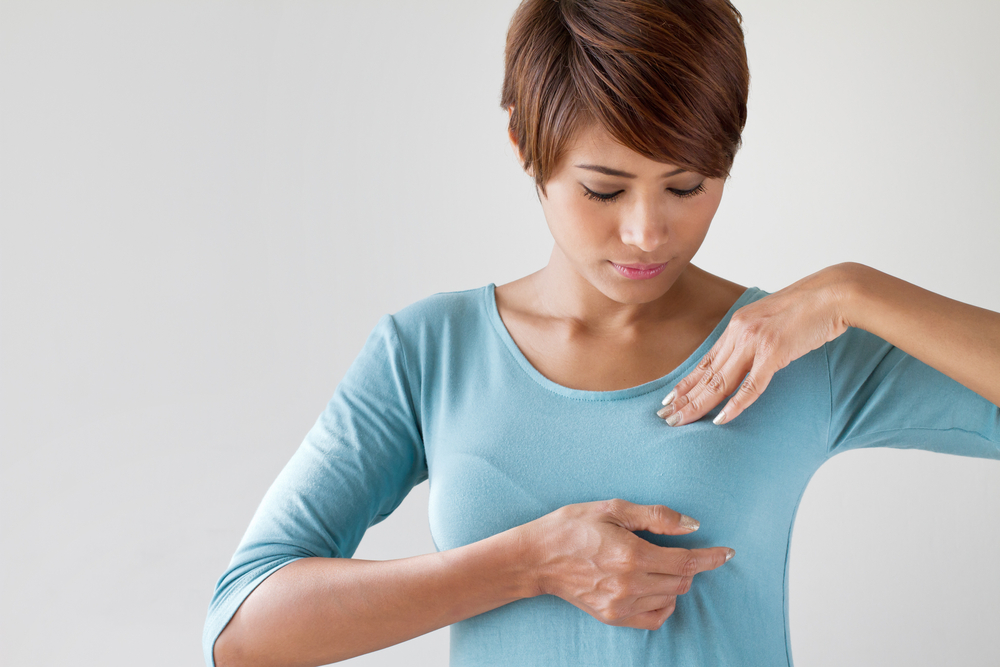The thyroid is a butterfly-shaped gland located in the neck that produces hormones that regulate metabolism and other important bodily functions. Thyroid disorders can occur when the gland produces too much or too little thyroid hormone, leading to a variety of symptoms and health problems.
There are two main types of thyroid disorders:
- Hypothyroidism: This occurs when the thyroid gland produces too little thyroid hormone. Causes of hypothyroidism can include autoimmune disorders such as Hashimoto’s thyroiditis, radiation therapy, surgical removal of the thyroid gland, and certain medications. Symptoms of hypothyroidism can include fatigue, weight gain, cold intolerance, constipation, dry skin, and depression.
- Hyperthyroidism: This occurs when the thyroid gland produces too much thyroid hormone. Causes of hyperthyroidism can include autoimmune disorders such as Graves’ disease, thyroid nodules, and certain medications. Symptoms of hyperthyroidism can include weight loss, increased appetite, heat intolerance, rapid heartbeat, anxiety, and tremors.
Treatment for thyroid disorders will depend on the underlying cause and severity of the condition. Common treatments for hypothyroidism include thyroid hormone replacement therapy, while treatments for hyperthyroidism may include medications, radioactive iodine therapy, or surgery.
In addition to medical treatment, there are some lifestyle changes and home remedies that may help to manage symptoms and prevent thyroid disorders:
- Eating a balanced and nutritious diet that is rich in iodine and selenium.
- Managing stress levels through relaxation techniques such as yoga, meditation, or deep breathing exercises.
- Getting regular exercise to support overall health and metabolism.
- Avoiding exposure to environmental toxins such as pesticides, heavy metals, and radiation.
- Limiting alcohol and caffeine consumption.
It is important to talk to a healthcare professional if you suspect you have a thyroid disorder, as these conditions can have serious health consequences if left untreated. A healthcare professional can help to diagnose the condition and recommend appropriate treatment options.






